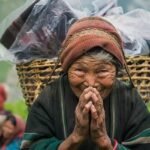Due to its fresh mountain climate and scenery, Nuwara Eliya has become Sri Lanka’s most popular resort destination. Known as the “Garden City of Asia,” it is famous for its hills, valleys, and waterfalls. This is Sri Lanka’s tea country, producing significant amounts of what is considered some of the world’s finest tea.
Nuwara Eliya is a city with beautiful landscapes, also known as the “City of Light.” Its climate and varying altitudes are ideal for the growth of tea plants. During the colonial period, the British introduced tea cultivation techniques to Sri Lanka. No one expected that over time, Sri Lanka’s black tea industry would flourish. The world-renowned Ceylon black tea is regarded as a gift to the world. Strolling through the mountain tea gardens, you can see rows of lush green tea bushes neatly arranged, following the rolling hills in the distance, making one deeply enchanted.
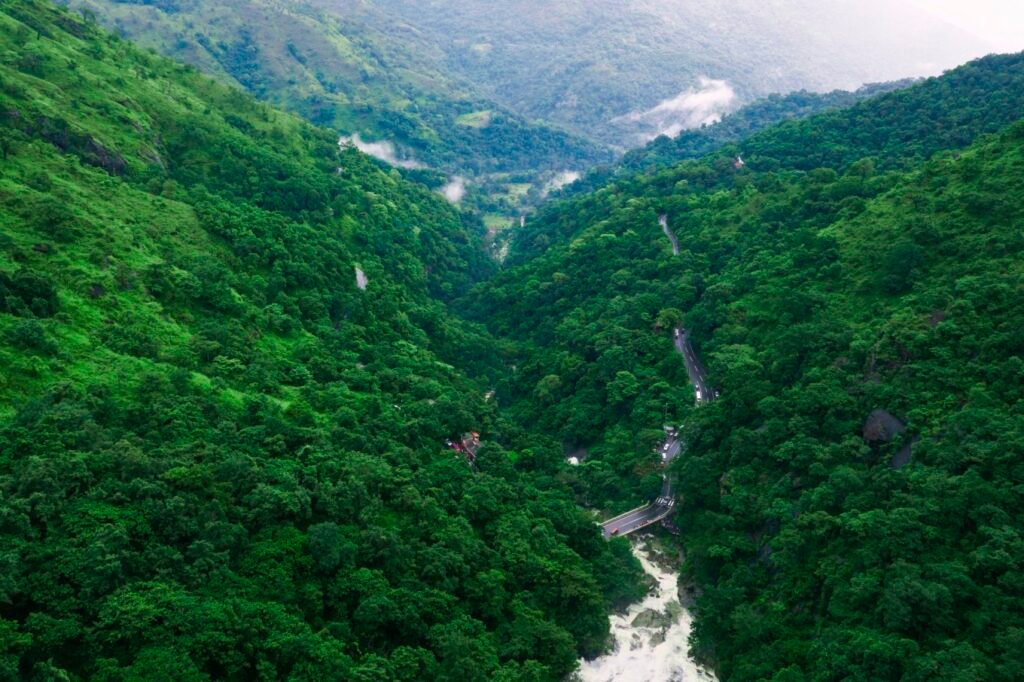


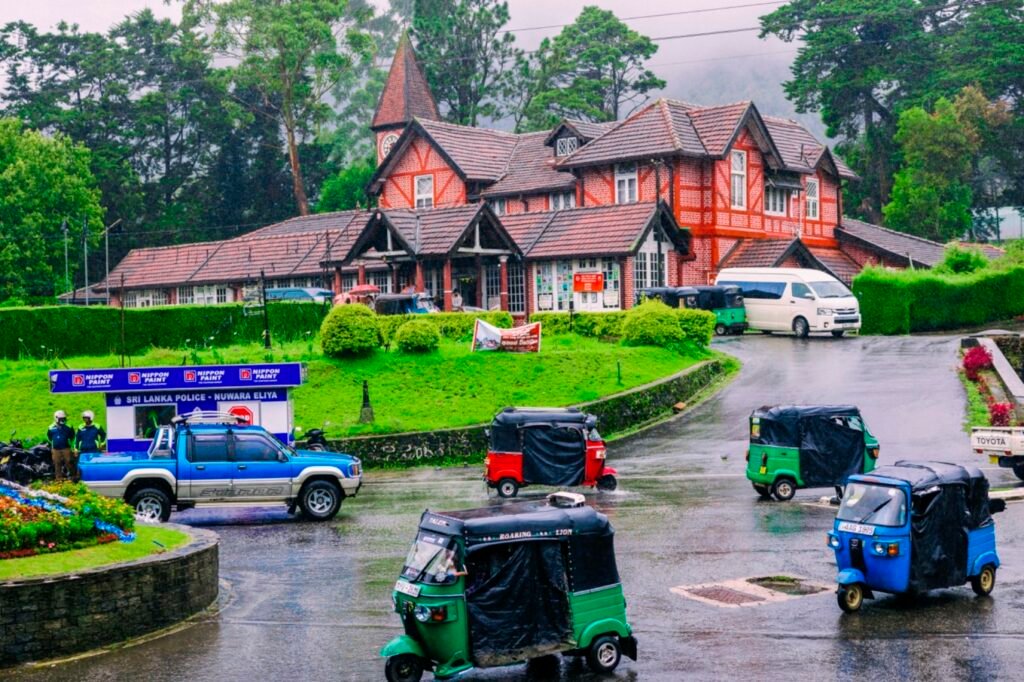
It rained all day in Nuwara Eliya, so we decided to take a day off here and enjoy the fresh mountain air. The pink post office is located in the center of Nuwara Eliya town. This post office is said to be 200 years old; it is a building with a strong British architectural style left over from the British transformation of Nuwara Eliya, and it is still in use today.
Although the pink post office is very famous, we were instead attracted by the bus station opposite it. The entire station was bustling with passengers, and buses came and went one after another.
At first, we were drawn by the colors of the buses at the station, but then we realized this was a great place for street photography capturing local life. Everyone quickly took out their cameras and started shooting.
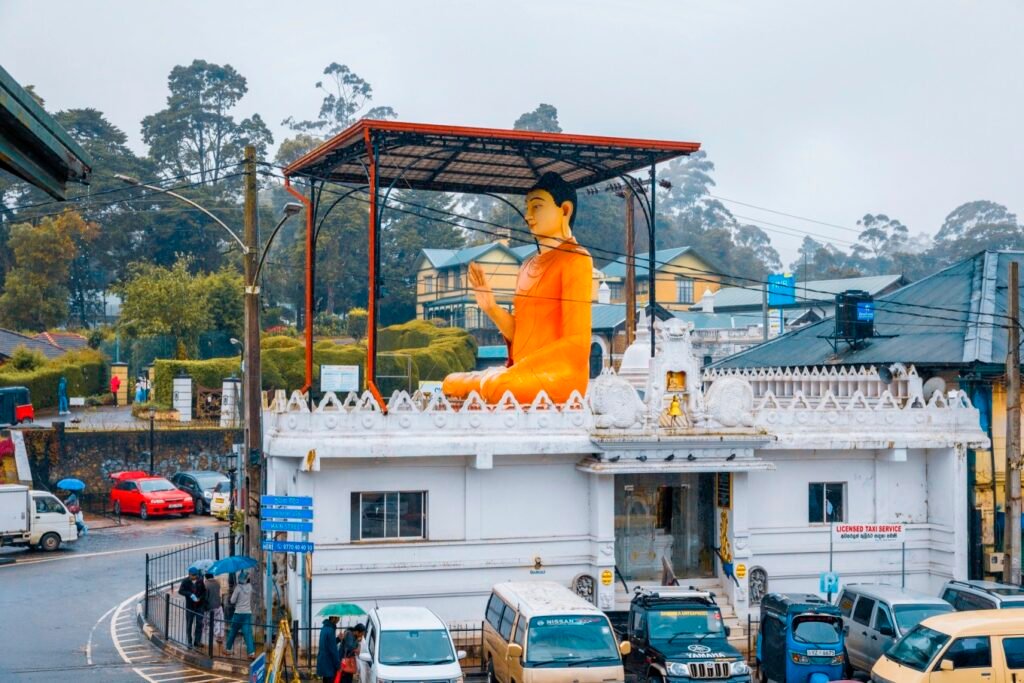




Everyone you meet will smile at you as soon as your eyes meet, their white teeth brightening their faces. Even when you just pass by each other, they seem to leave behind a friendly smile and gentle warmth.
The people here are renowned for their warmth, friendliness, and kindness. Their smiles are as bright as sunshine, making you feel an endless warmth. In interacting with the locals, you’ll discover their sincerity and simplicity—qualities that have been passed down and promoted throughout society. The people and children here use their smiles to interpret the beauty of life and showcase the charm of their nation. As a Sri Lankan proverb says, “A smile is the best etiquette.” In this country filled with smiles, we’ve also learned that smiling is the best way to communicate. Throughout the filming process, everyone felt very joyful.
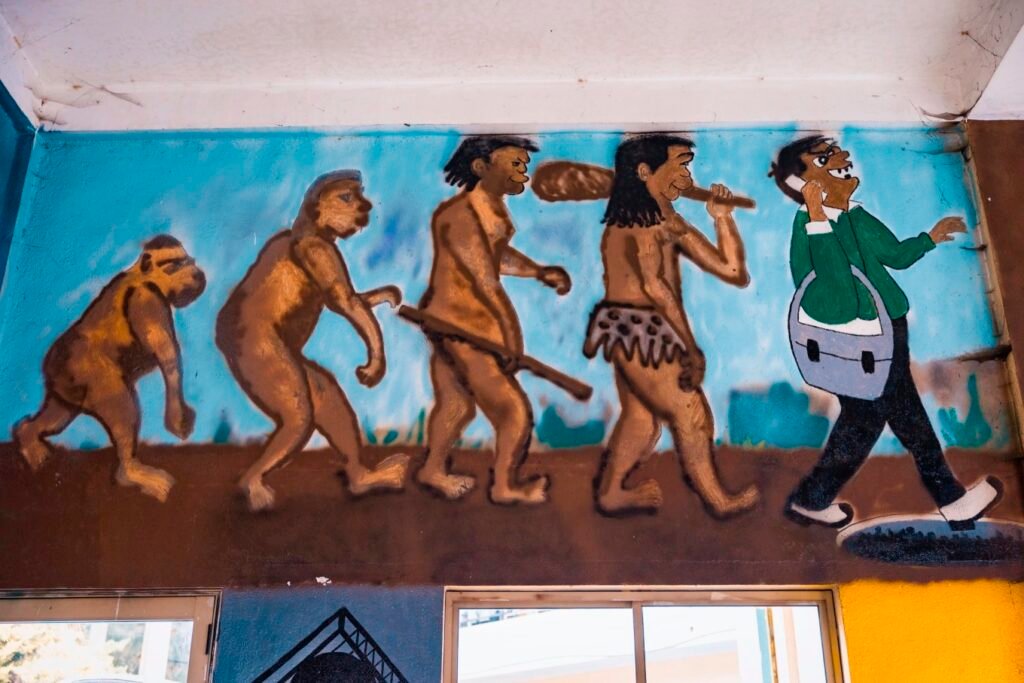

Due to the poor economy in Sri Lanka, the walls of train stations and bus stations are not adorned with advertisements. Instead, students from various universities create murals promoting world peace and environmental protection, adding unique scenery to these places.


On the second floor of the bus station, there are some small shops and barbershops. While we were taking photos through the glass of a barbershop, the barber smiled and invited us to come inside to take pictures.
It was here that I truly understood the many different meanings a smile can have. A smile is a transmission of positive energy; it can soothe a weary soul and revive a cold expression.

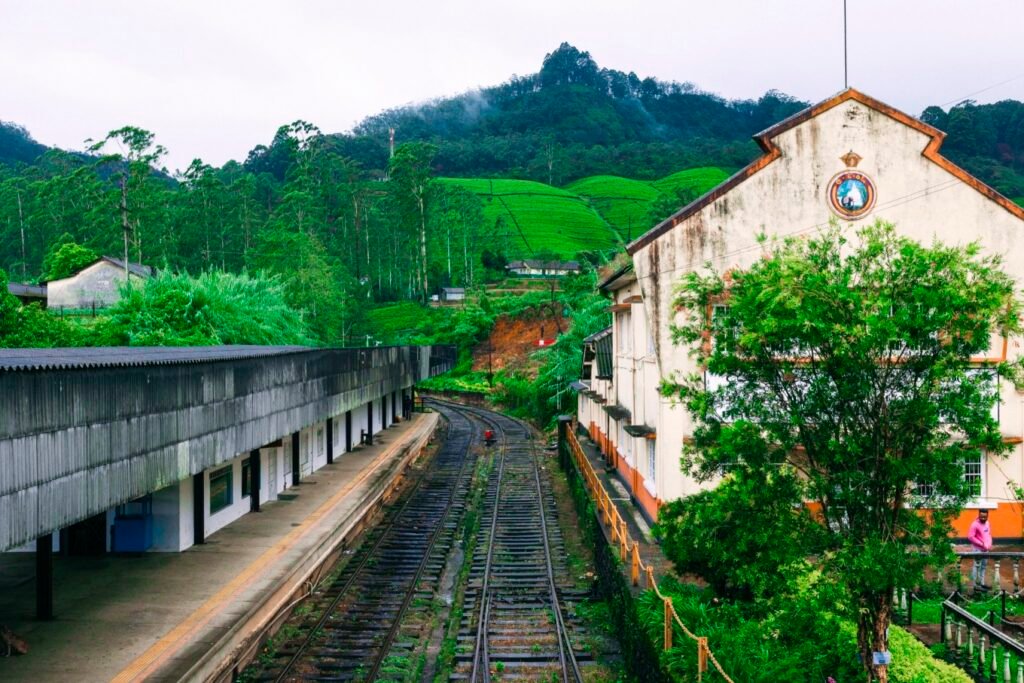
Traveling in Sri Lanka, taking the train is an excellent way to experience the local beauty. Sri Lanka’s railway lines radiate from the capital city of Colombo to the central, southwestern, and northern regions. Among them, the most attractive routes with the most beautiful scenery are the Tea Plantation Line from Kandy to Ella and the southwestern Coastal Line from Galle to Colombo. Early backpackers affectionately called these two routes the “Mountain Train” and the “Sea Train.”
Kingsley took us to the Nuwara Eliya train station, but we happened to encounter a problem ahead on the railway that needed to be inspected. We could no longer buy tickets for the scheduled train and had to purchase tickets for a train departing a few hours later. The segment from Nuwara Eliya to Ella is the essence of the highland train journey, with landscapes primarily consisting of mountainous terrain.
In the 19th century, the British extensively promoted tea cultivation within Sri Lanka. The naturally fragrant and high-quality Ceylon black tea quickly became a popular trade commodity in Europe and America. The Nuwara Eliya tea plantations are located in the central mountainous region of Sri Lanka, at an altitude of nearly 2,000 meters. To transport the tea leaves from the central mountains to the port of Colombo, the British built this highland tea plantation railway line.
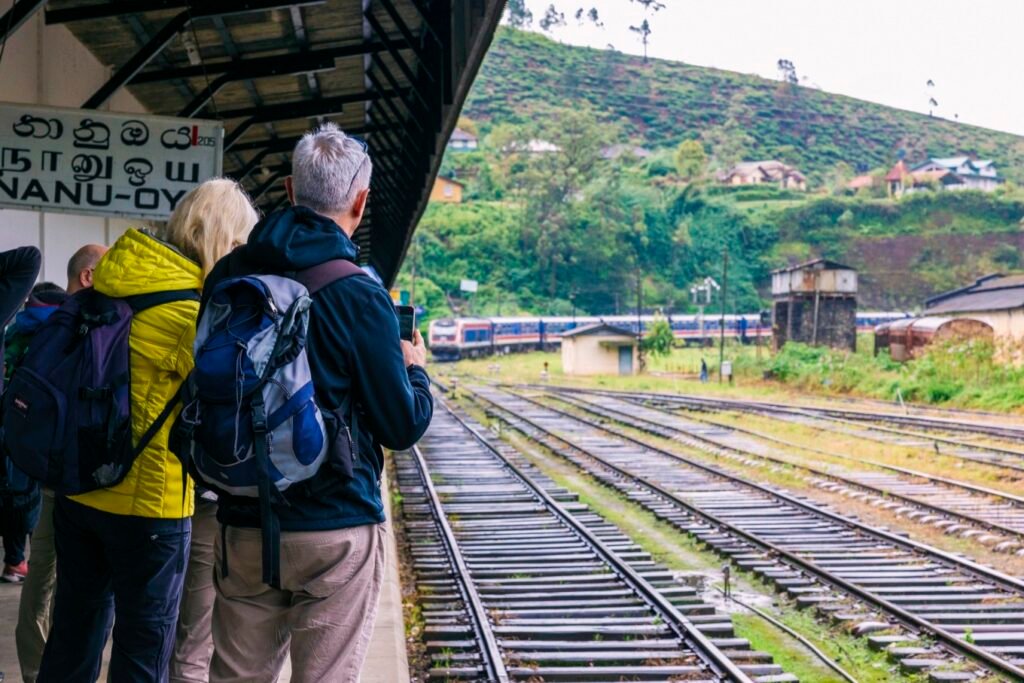

Many local children like to sit by the window on the train, perhaps to avoid boredom during the journey; enjoying the scenery from the window is quite nice. Our train was rather crowded—probably passengers from several trains ended up on this one—so it was difficult to make our way to the train door.
Most of Sri Lanka’s railways were built during the British colonial period. After British colonial rule ended in 1948, the Sri Lankan government hardly laid any new tracks. Traveling on these century-old rails, the train naturally doesn’t go very fast, usually at speeds of just over 30 kilometers per hour. When the train is running, the doors remain open, and locals often “hang” by the doors, which not only makes it convenient to enjoy the scenery but also keeps things cool.


Traveling through towering mountains and deep valleys, the scenery of canyons, tea plantations, and jungles unfolds endlessly before our eyes, as if time is flowing by. Along the way, rolling hills stretch endlessly, with tea fields and forests of varying elevations flashing past us, making it feel like we’re moving through a landscape painting. Although the train is quite crowded, it doesn’t feel stifling at all.
The mountain train traverses vast tea plantations. Sometimes, mist rises, making it seem as if the train is moving through the clouds. Some say this is the most beautiful place in Sri Lanka. The train travels at an altitude of around 1,800 meters, passing through expansive, verdant tea gardens and moving through the misty rain of the primeval forests, allowing you to experience the enchanting mountainous scenery of Sri Lanka’s island—truly breathtaking.


